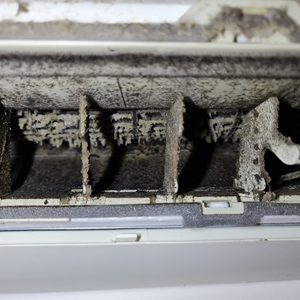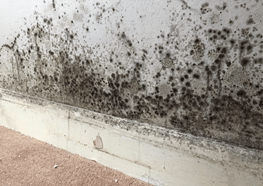Ramifications of Untreated Mould Issues for Tenants, Landlords, and Property Managers.
Mould is a common issue in properties, and when left untreated, it can lead to significant problems for tenants, landlords, and property managers alike. This article explores the various consequences of untreated mould, emphasising its impact on health, property value, legal considerations, and the roles of each stakeholder in managing these challenges.
1. Health Implications
Untreated mould poses serious health risks to tenants. Mould spores can trigger allergic reactions, respiratory issues, and exacerbate asthma symptoms. Prolonged exposure may lead to more severe health conditions, particularly in vulnerable populations such as children, elderly individuals, and those with compromised immune systems.
For landlords and property managers, neglecting mould issues can result in liability claims from affected tenants. Lawsuits related to mould-induced health problems are not uncommon and can lead to significant financial and reputational damage.
2. Property Damage
Mould growth, if unchecked, can cause extensive damage to the property itself. It thrives in moist environments and can spread rapidly through walls, ceilings, and HVAC systems (air conditioning). Structural integrity may be compromised over time, necessitating costly repairs and renovations.
Landlords face the risk of diminished property value due to visible mould or a history of mould problems. Potential tenants are often deterred by properties with a known mould issue, impacting occupancy rates and rental income.
3. Legal and Regulatory Compliance
Both landlords and property managers have legal obligations regarding mould remediation. Many jurisdictions have specific regulations governing mould assessment, disclosure to tenants, and remediation procedures. Failure to comply with these regulations can result in fines, penalties, and legal action.
Tenants have rights to a habitable living environment under landlord-tenant laws, which may include provisions regarding mould prevention and remediation. They can seek legal recourse if landlords fail to address mould issues promptly and effectively.
In Qld and most states there are also health responsibilities to tenants where mould is present in rental properties, including air Conditioners.
https://www.rta.qld.gov.au/during-a-tenancy/maintenance-and-repairs/mould
4. Responsibilities of Stakeholders
Tenants:
It is crucial for tenants to promptly report any signs of mould to landlords or property managers. They should also take precautions to prevent mould growth, such as ensuring adequate ventilation and promptly addressing water leaks.
Landlords:
Landlords are responsible for maintaining a habitable property, which includes addressing mould issues promptly upon notification. They should conduct regular inspections for moisture problems and mould growth, especially in high-risk areas like bathrooms, basements, and kitchens.
Property Managers:
Property managers play a key role in overseeing maintenance and ensuring that mould issues are addressed swiftly and effectively. They should implement proactive measures such as routine inspections and maintenance of HVAC systems to mitigate mould risks.
5. Financial Costs
The financial impact of untreated mould extends beyond repair costs to include potential legal fees, fines, and increased insurance premiums for landlords and property managers.
Tenants may incur medical expenses due to mould-related health issues and may seek compensation for damages.
Untreated mould issues have far-reaching consequences for tenants, landlords, and property managers alike. From health risks and property damage to legal liabilities and financial costs, the ramifications underscore the importance of proactive mould prevention and prompt remediation. By understanding their respective responsibilities and legal obligations, stakeholders can mitigate risks and ensure a safe and habitable living environment for all parties involved.
By prioritising mould management, stakeholders can create healthier living spaces, mitigate legal risks, and foster positive tenant-landlord relationships based on trust and accountability.
When the opposite happens, Tenant-Landlord relationships and respect go down, tenants’ health and landlord legal risks go up.






